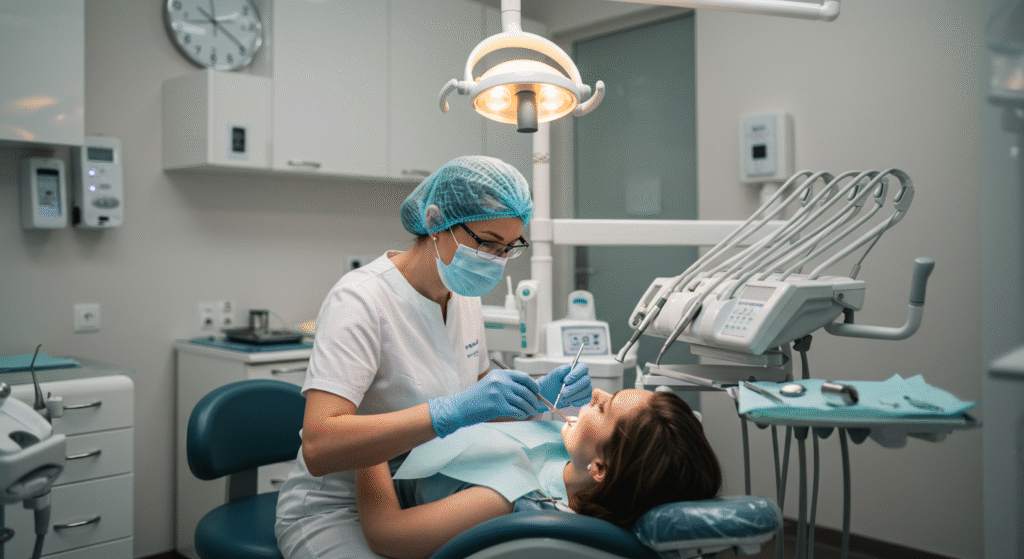
You’re halfway through a sandwich, and suddenly your mouth feels like it caught fire. Not spicy—just… raw. Sore. Like something’s off. If that’s ever happened to you, there’s a good chance you’ve dealt with stomatitis. It’s one of those things people don’t talk about much, but once you’ve had it, you remember.
Stomatitis isn’t a fancy disease. It’s just a term for when the inside of your mouth becomes irritated or inflamed. That could mean a swollen lip, a tender patch on your tongue, or one of those annoying sores that make eating feel like a chore.
What It Looks Like
Some days, it starts as a tiny sting when you brush your teeth. Other times, it shows up as a full-blown sore that makes talking a pain—literally. You might spot a red spot, or feel a burning area that gets worse with spicy or hot food. Sometimes, it’s a small ulcer. Sometimes it just feels raw for no obvious reason. No warning, no rules.

Why It Happens
There isn’t a single cause. That’s part of the frustration. Maybe it’s a reaction to something in your toothpaste. Maybe you’re low on certain nutrients. Could be stress, or hormones, or even just biting the inside of your cheek without realizing. Some people deal with cold sores from a virus. Others get non-contagious canker sores for reasons nobody fully understands.
One person I know started getting flare-ups every time she was sleep-deprived and eating takeout three nights in a row. Another swore his started after switching to a new mouthwash.
What Helps
First: keep it simple. Saltwater rinses can work wonders. Just warm water and a pinch of salt, swished gently a couple of times a day. Avoid anything crunchy, hot, or spicy for a few days. Basically, give your mouth a break.
You can also try over-the-counter gels that numb the area. They don’t fix the problem, but they make meals less miserable. And while you might not feel like brushing, don’t skip it—just go easy around the sore spots.
If it doesn’t go away after a week or two, get it checked. A doctor or dentist might recommend a medicated rinse or a mild steroid cream. Sometimes, there’s an infection behind it that needs proper treatment.

Last Thing
Don’t ignore it if it keeps coming back. Your body’s trying to say something—whether it’s “drink more water,” “sleep more,” or “hey, that toothpaste isn’t working for you.”
It’s a small thing, but when your mouth hurts, it affects everything—how you eat, how you talk, even how you feel. Taking care of it doesn’t need to be complicated. Just pay attention, be gentle, and give it time.
-
Stomatitis Types Symptoms Causes and Treatment – WebMD
-
Stomatitis Oral Mucositis Types Symptoms and Treatment
-
Stomatitis – Dental Disorders – Merck Manual Professional Edition
Today’s related searches: stomatitis treatment, stomatitis symptoms, stomatitis causes, home remedies for mouth sores, how to treat mouth inflammation, stomatitis pain relief, salt water rinse for stomatitis, foods to avoid with stomatitis, canker sore vs cold sore, how long does stomatitis last












